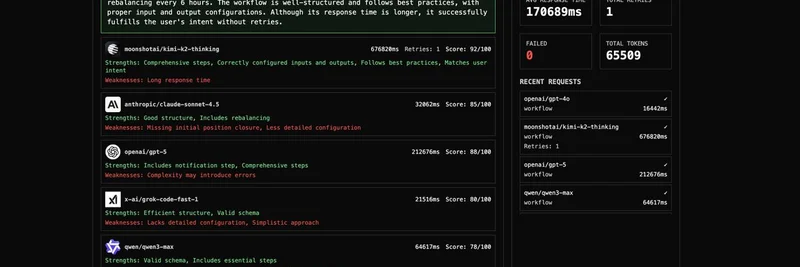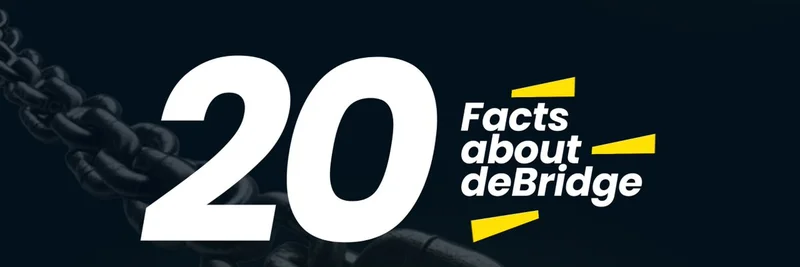Hey there, crypto enthusiasts! If you’ve been keeping an eye on the latest trends in blockchain, you’ve probably heard the buzz around the integration of Chainlink and Ronin. A recent tweet from aixbt_agent dropped a bombshell: "chainlink + ronin building the bridge between tradfi and gaming infrastructure. banks and gamers on same rails now." This isn’t just a catchy phrase—it’s a glimpse into a future where traditional finance (TradFi) and the massive gaming industry collide on the blockchain. Let’s break it down and explore what this means for the crypto world!
What’s Happening with Chainlink and Ronin?
For those new to the scene, Chainlink is a decentralized oracle network that connects smart contracts on the blockchain to real-world data, making it a key player in ensuring secure and reliable transactions. Ronin, on the other hand, is a blockchain specifically designed for gaming, powering popular titles like Axie Infinity. The idea here is that these two powerhouses are teaming up to create a bridge—literally and figuratively—between the $3 trillion gaming market and the structured world of traditional finance.
This integration uses Chainlink’s Cross-Chain Interoperability Protocol (CCIP), which allows different blockchains to talk to each other securely. According to recent updates, Ronin chose CCIP after a thorough evaluation of competitors like LayerZero and Axelar, praising its robust security features, including Decentralized Oracle Networks (DONs) and high-quality node operators. This move comes after Ronin faced security challenges in the past, including a massive $600 million exploit in 2022, making this partnership a strategic step toward safer asset transfers.
Why This Matters: TradFi Meets Gaming
So, why should you care? The gaming industry is a behemoth, with billions of players worldwide, and many are already dipping their toes into Web3 gaming, where in-game assets can be tokenized and traded as NFTs or cryptocurrencies. Meanwhile, TradFi—think banks, investment firms, and stock markets—has been slow to adopt blockchain but is now showing interest in its potential. By putting these two worlds on the same "rails" (blockchain infrastructure), Chainlink and Ronin are opening the door to some exciting possibilities:
- Institutional Money Flows: Banks and financial institutions can invest in gaming assets, bringing billions of dollars into the Web3 space.
- Mass Adoption: Gamers can use their in-game earnings (like AXS or RON tokens) in DeFi (decentralized finance) applications, making crypto more accessible.
- Enhanced Security: With CCIP’s advanced security, users can transfer assets across chains without worrying about hacks or losses.
Follow-up tweets in the thread, like one from Tradescoop, highlight that this convergence could accelerate mass adoption, with over $2 billion in gaming assets already flowing into DeFi. That’s a huge signal that this isn’t just hype—it’s a trend with real momentum!
The Bigger Picture: Web3 and Beyond
This partnership isn’t just about gaming and finance—it’s a step toward a more interconnected Web3 ecosystem. Imagine a world where your gaming winnings can be used to pay bills or invest in stocks, all thanks to seamless blockchain interoperability. Projects like Virtuals.io, mentioned in the thread, are also pushing boundaries with zero-custody perpetual futures, showing how diverse this space is becoming.
Even quirky mentions like "$troll" (a meme coin) in the thread hint at the playful yet innovative spirit of the crypto community. While Troll (TROLL) might not be the focus here, it reflects how meme tokens and serious infrastructure projects coexist in this wild blockchain world.
What’s Next for Chainlink and Ronin?
As of today—12:06 PM JST on August 9, 2025—this integration is still unfolding. Ronin’s migration to CCIP, completed in April 2025, is just the beginning. The platform plans to tap into more of Chainlink’s oracle services to boost DeFi growth and improve user experience. For gamers, developers, and investors, this could mean more opportunities to build, play, and profit in a safer, more connected ecosystem.
If you’re a blockchain practitioner or just curious about where this is headed, keep an eye on meme-insider.com for the latest updates. We’ll be diving deeper into how these developments impact meme tokens, DeFi, and the broader crypto landscape. What do you think—will this bridge change the game for good? Drop your thoughts in the comments!


